MILITARY
12 Key Facts About The World’s Most Popular Fifth-Gen Fighter Jet
Published
5 months agoon
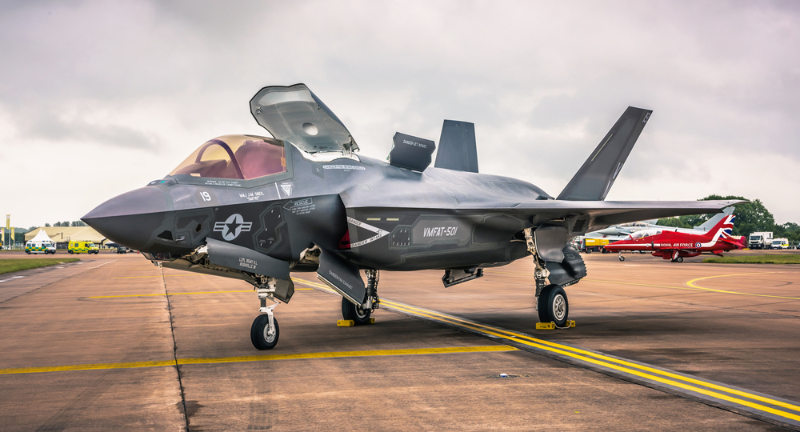
Shutterstock
The Lockheed Martin F-35 Lightning II stands as a pinnacle of modern aviation technology, embodying a perfect blend of stealth, agility, and firepower. This state-of-the-art aircraft, developed by Lockheed Martin, symbolizes a quantum leap in air combat capabilities, revolutionizing the skies with its unprecedented blend of stealth and versatility. Designed to operate in various challenging environments, the F-35 comes in three distinct variants: F-35A, F-35B, and F-35C, each tailored for specific operational needs such as conventional takeoff and landing, short take-off and vertical landing, and carrier-based operations.
As a fifth-generation multirole fighter, the F-35 represents a significant evolution from its predecessors, offering unparalleled mission flexibility and a significant advantage in modern warfare. This marvel of engineering not only showcases the apex of current military aviation technology but also stands as a testament to international collaboration, involving multiple nations in its development and deployment. With its advanced features, the F-35 Lightning II secures its position as a cornerstone of airpower for the United States and its allies, poised to dominate the skies for decades to come.
Introduction of Variants
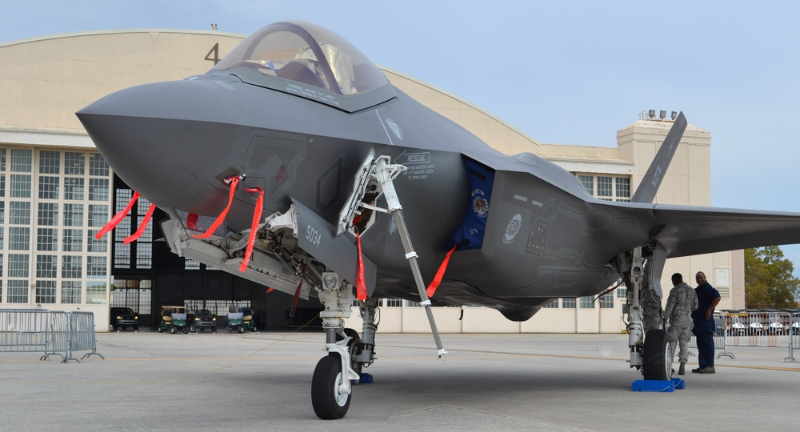
Shutterstock
The Lockheed Martin F-35 Lightning II, a family of single-seat, single-engine, all-weather stealth multirole combat aircraft, is designed to perform a variety of missions. It comes in three variants to suit different requirements: the F-35A (conventional takeoff and landing, CTOL), introduced to the USAF in August 2016; the F-35B (short take-off and vertical-landing, STOVL), introduced to the USMC in July 2015; and the F-35C (carrier-based, CV/CATOBAR), introduced to the USN in February 2019.
Advanced Stealth Capabilities
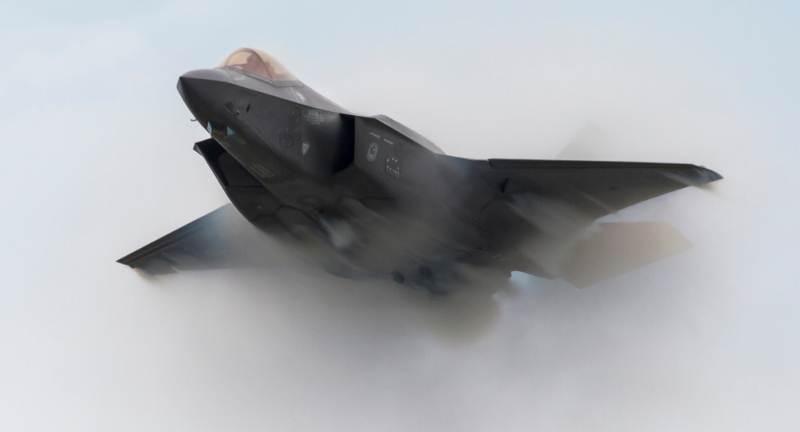
Shutterstock
The F-35 is renowned for its advanced stealth capabilities, making it nearly invisible to enemy radars. This is achieved through a combination of design elements, including its shape and the use of radar-absorbent materials. These stealth features are integral to its role in air superiority and strike missions, enabling it to engage targets while minimizing detection.
Powerful Engine
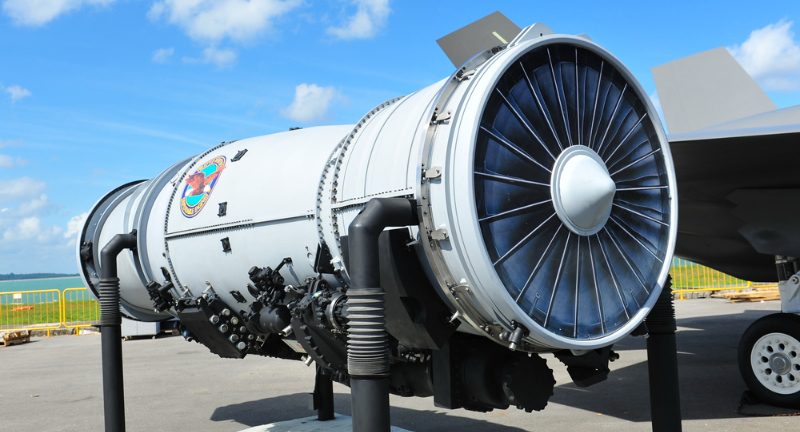
Shutterstock
The heart of the F-35’s operational capability is its engine, the Pratt & Whitney F135, an afterburning turbofan developed specifically for the aircraft. It is considered the most powerful engine available for a fifth-generation fighter, capable of generating 41,000 lbf of thrust. This engine contributes significantly to the F-35’s maneuverability and operational flexibility.
STOVL Capability
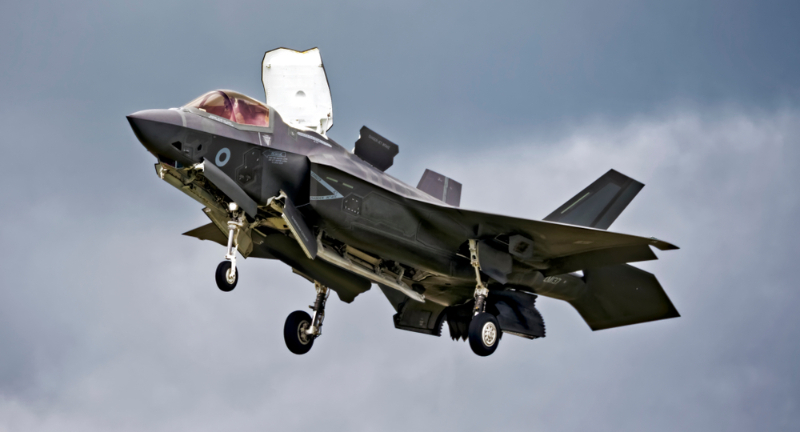
Shutterstock
A key feature of the F-35, especially the F-35B variant, is its STOVL (Short Take Off Vertical Landing) capability. This allows the aircraft to operate from shorter runways and aircraft carriers, significantly enhancing its versatility and strategic agility. The STOVL capability is achieved through innovative design features, such as a lift fan in the fore of the aircraft and a vectoring duct in the engine.
‘Stealth Mode’ vs. ‘Beast Mode’
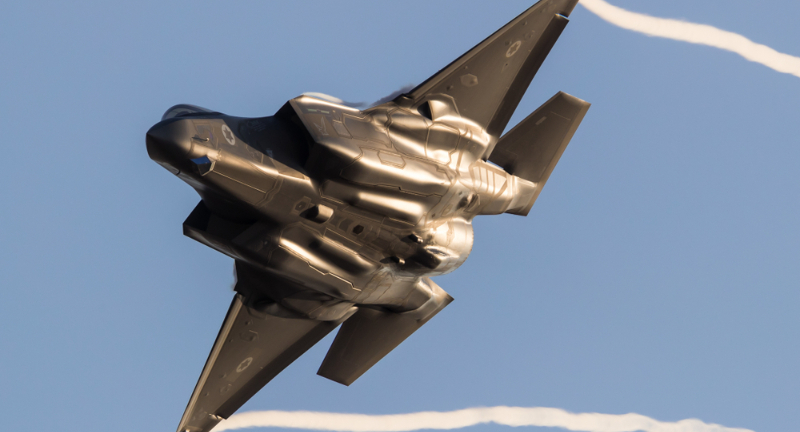
Shutterstock
The F-35 can operate in ‘Stealth Mode’, where it keeps all its weapons internally to maintain a low radar profile. Alternatively, in ‘Beast Mode’, it can carry additional external weapons, significantly expanding its combat capabilities. This flexibility allows the F-35 to adapt quickly to various combat scenarios, either prioritizing stealth or firepower.
Breaking the ‘Kill Chain’

Shutterstock
Despite advancements in radar detection, the F-35’s stealth capabilities are so advanced that they disrupt the entire enemy engagement process, known as the ‘kill chain’. Detecting the F-35 is only part of the challenge; adversaries also struggle to track, target, and effectively launch missiles against it, rendering the aircraft nearly untouchable in modern combat scenarios.
Electronic Warfare Capabilities

Shutterstock
The F-35 boasts state-of-the-art electronic warfare capabilities. It can perform electronic attacks, defend itself against electronic threats, and gather critical intelligence. These capabilities make the F-35 a formidable asset in contested environments, where electronic dominance is increasingly crucial.
Multirole Combat Aircraft

Shutterstock
Designed as a multirole combat aircraft, the F-35 is intended to perform air superiority and strike missions. It is also capable of providing electronic warfare and intelligence, surveillance, and reconnaissance (ISR) capabilities. This versatility makes the F-35 a critical asset in a wide range of military operations.
Global Partnerships

Shutterstock
The F-35’s development is a global effort, funded primarily by the United States, with additional contributions from NATO and close U.S. allies. Countries such as the United Kingdom, Australia, Canada, Italy, Norway, Denmark, the Netherlands, and formerly Turkey have played significant roles in funding and developing the aircraft.
Operational Since 2006

Shutterstock
Since its first flight in 2006, the F-35 has been an integral part of the U.S. and allied forces’ air capability. The first weight-optimized F-35A was rolled out in December 2008, marking a significant milestone in the program’s development and production speed. This introduction represented a major step forward in modern military aviation.
Cost Overruns and Delays

Shutterstock
The F-35 program has experienced significant cost overruns and developmental delays since its inception, drawing criticism for its size, complexity, and increasing costs. These challenges led to expensive design changes and retrofits, raising concerns among stakeholders, including the U.S. Congress and the Department of Defense.
Cybersecurity Concerns

Shutterstock
Cybersecurity has been a significant concern for the F-35 program. In 2009, reports emerged about potential cybersecurity breaches that could compromise the aircraft’s design and electronics systems. While Lockheed Martin assured that no classified information was stolen, the incident highlighted the importance of cybersecurity in modern military technology.
Conclusion

Shutterstock
The Lockheed Martin F-35 Lightning II stands as a monumental achievement in modern aerospace technology, marking a new era in military aviation. It’s not just an aircraft; it’s a multi-faceted platform that pushes the boundaries of what’s possible in air combat, surveillance, and electronic warfare. The F-35’s blend of stealth, advanced sensors, and network-centric capabilities gives it a unique edge in the battlefield, making it a critical asset for the air forces of the United States and its allies. This fighter jet is more than just a symbol of military might; it’s a testament to human ingenuity and a beacon of international cooperation in defense technology. As the F-35 continues to evolve and adapt to new challenges, it assures a significant impact on global air power strategies and the future of aerial warfare. Its ongoing development and deployment will undoubtedly shape the dynamics of global air defense for many years to come.











